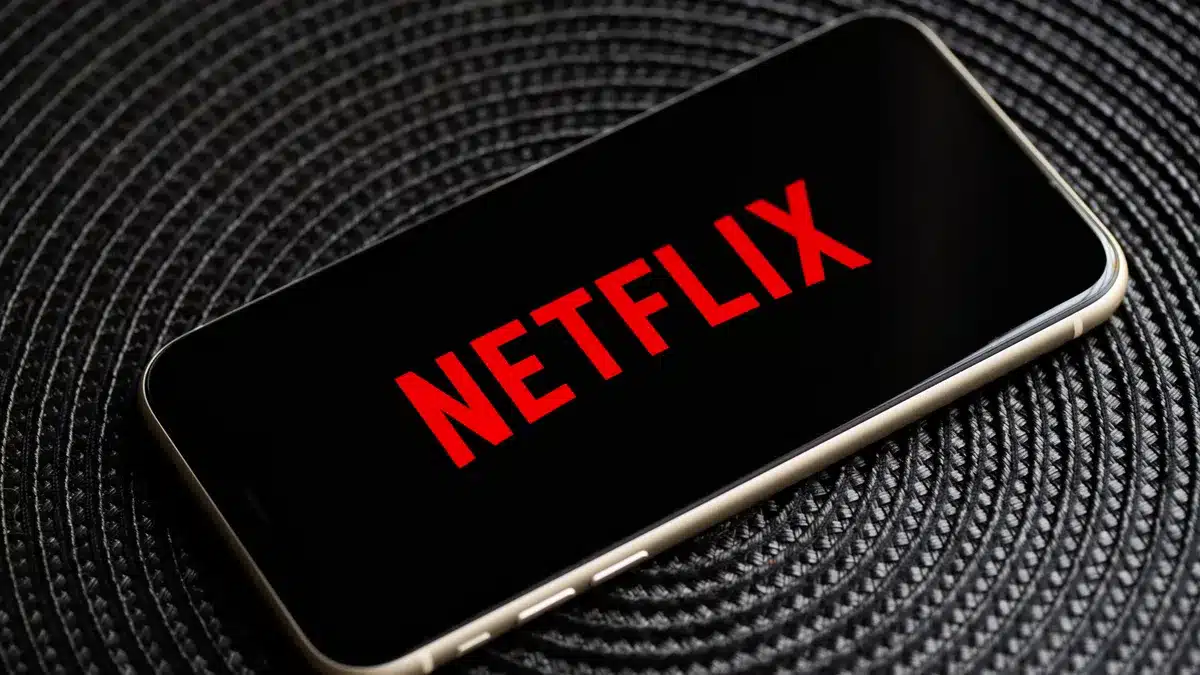Netflix Ups Subscription Prices in South Africa: What It Means for Your Streaming Budget
Netflix Subscription Price Increase: What You Need to Know
In a significant move for South African subscribers, Netflix has announced an increase in its subscription prices, impacting its Standard, Premium, and Mobile plans. This adjustment marks the second time since Netflix’s entry into the South African market in 2016 that the streaming giant has raised its prices. While existing subscribers are set to see the new charges reflected in their upcoming billing cycles, the changes are already in place for new customers.
The Price Adjustments
- Mobile Plan: Increased by 20%, from R49 ($2.67) to R59 ($3.21) per month
- Standard Plan: Increased from R159 ($8.70) to R179 ($9.78) per month
- Premium Plan: Raised from R199 ($10.87) to R229 ($12.53) per month
- Basic Plan: Remains unchanged at R99 ($5.40) per month
The most substantial increase is in the Mobile plan, which has seen its first price adjustment since its launch. Other plans also experienced notable hikes, while the Basic plan remains a cost-effective option amidst growing prices—a crucial consideration for price-sensitive consumers.
Investment in Local Content
Netflix’s price hike appears to be a strategic move following its significant investments in local content. Since 2021, the streaming giant has invested over R4 billion ($219 million) in South African film and television productions as part of its commitment to the local market. This investment has transformed Netflix’s content library and aims to enhance the service’s appeal to regional users.
While Netflix has not formally stated the reasons behind this latest price increase, previous hikes have typically been associated with improving service quality and expanding the content library. The current adjustment seems to align with these ongoing objectives, reinforcing the idea that Netflix’s pricing strategy is closely tied to the value of its offerings.
Market Context and Competitive Landscape
Interestingly, this price adjustment comes during a time of relative stability in South Africa’s economy. As of February 2025, the inflation rate stood at 3.2%, indicating that Netflix’s price increase isn’t driven by rising operational costs but may instead reflect an adjustment to the perceived value of its content offerings.
The timing also coincides with price hikes from local competitors like Showmax and MultiChoice’s DStv Stream, suggesting a broader trend within the streaming landscape. In an increasingly competitive environment, streaming platforms are recalibrating their pricing structures to better align with their content strategies and market positioning.
Consumer Reactions and Future Implications
For many consumers, these increased prices may prompt a reassessment of their streaming subscriptions. Price-sensitive users might reconsider their options, particularly when faced with higher monthly bills. However, the availability of the unchanged Basic plan offers a more affordable entry point for those unwilling to absorb the increased costs.
As Netflix continues to invest in African storytelling, it remains to be seen whether subscribers will perceive enough value in the higher fees. The focus on local content could ultimately play a pivotal role in justifying the increased pricing. As competition in the streaming sector heats up and content becomes the primary differentiator, Netflix’s strategy seems aimed at balancing profitability with deeper regional engagement.
In conclusion, with Netflix’s price hike coming into effect, both current and potential subscribers will need to weigh their options. As local content continues to grow and diversify, the value proposition for Netflix may evolve, making it crucial for the streaming service to maintain its commitment to quality and engaging storytelling in the vibrant South African market.
For those interested in the ever-evolving streaming landscape, keeping an eye on how these price movements impact consumer choices and competition in the local market will certainly be worth watching.






